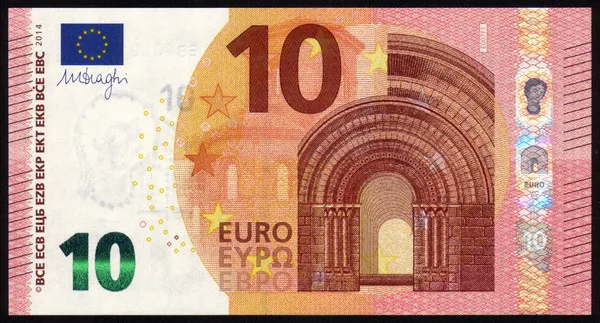Early European trading sees the EUR/JPY cross sliding below the mid-160s, marking a 0.17% loss for the day. Market attention turns to the forthcoming release of Germany’s preliminary Gross Domestic Product (GDP) for Q4, with projections indicating potential contraction.
During the early hours of Monday’s European trading, the EUR/JPY cross finds itself in a weakened position, trading at 160.45 and registering a 0.17% decline for the day. The imminent focus of the market shifts to the release of Germany’s preliminary Gross Domestic Product (GDP) data for the fourth quarter, scheduled for Tuesday. Projections suggest a contraction of 0.3% and 0.2% in the quarterly and annual GDP figures, respectively.
Analyzing the technical landscape, the EUR/JPY faces a precarious bullish outlook, with indications pointing towards a dip below the 100-period Exponential Moving Averages (EMA) on the four-hour chart. The Relative Strength Index (RSI) echoes a bearish sentiment, residing below the 50-midline, suggesting a potential further decline in the near term.
An immediate resistance level is marked at 160.92, representing the high of January 26. Beyond this, the upper boundary of the Bollinger Band at 161.10 serves as the next upside barrier. A successful breakout above the latter could lead to a rally, targeting the high of January 23 at 161.70, followed by the peak of January 19 at 161.87.
Conversely, a decisive breach below the 50-period EMA at 160.45 may open the door to key support at 159.90. This level corresponds to the lower limit of the Bollinger Band and the 100-period EMA. Further downside potential includes targets at the low of January 16 at 159.24, followed by the low of January 12 at 158.54. As economic uncertainties loom, traders will keenly observe these critical support and resistance levels for potential market shifts.

























